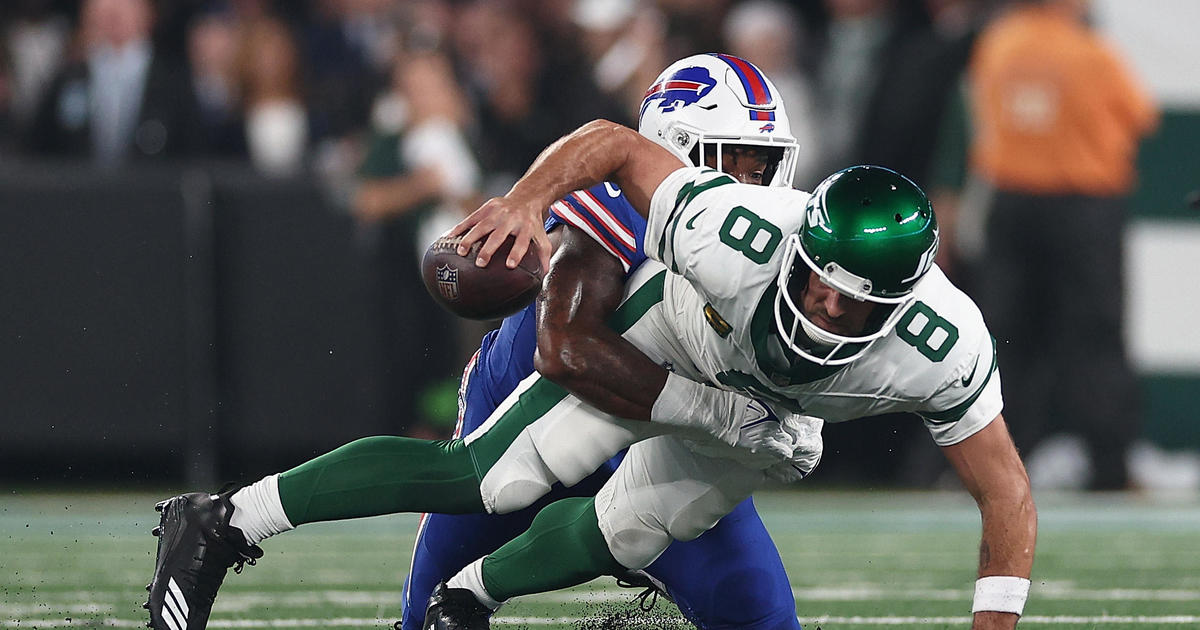Quarterback Aaron Rodgers made his highly anticipated regular season debut with the New York Jets on Monday. Unfortunately, his season may be cut short due to a devastating injury. The NFL confirmed on Tuesday that Rodgers tore his Achilles tendon, putting him out for the rest of the season. You can read more about the injury and what his recovery may look like on this link.
What happened to Aaron Rodgers?
In the season opener against the Buffalo Bills, Rodgers, 39, was tackled by Leonard Floyd of the Bills. Despite initially appearing to be fine, Rodgers soon sat down on the field and was helped to the sidelines. An MRI revealed a tear in his Achilles tendon, as reported by CBS Sports NFL Insider Jonathan Jones on Tuesday.
What is an Achilles tendon rupture?
The Achilles tendon, located in the back of the lower leg near the heel, is prone to injury during sports activities, according to the Mayo Clinic. However, anyone can tear their Achilles tendon if it is overstretched. Symptoms of an Achilles tendon rupture include a popping sound, sharp pain in the calf, difficulty bending the foot downward or walking on the toes.
While athletes commonly experience this injury, it can also happen from falls or stepping into holes. The typical site of the rupture is about 2.5 inches above the heel.
Recovery for Achilles tendon injury
Recovering from an Achilles tendon injury can take 8 to 10 weeks with a cast or brace, followed by four to six months of physical therapy, according to the Hospital for Special Surgery. Athletes often undergo surgery to repair the tendon for a stronger and less prone to re-rupture outcome. Non-surgical treatment options are also available and depend on the patient’s level of activity, age, and other conditions. Orthopedic surgeons can guide the decision-making process.
At this point, it is unclear whether Rodgers will undergo surgery. However, his injury will definitely end his season, according to the NFL. Surgical procedures generally involve making a small incision and using a tendon graft from another part of the body to repair and reconnect the Achilles. Minimally invasive approaches with smaller incisions are also available.
To prevent Achilles tendon injuries, it is recommended to stretch and warm up before activities, cool down afterward, and vary workouts to avoid overusing the tendon.
Denial of responsibility! Vigour Times is an automatic aggregator of Global media. In each content, the hyperlink to the primary source is specified. All trademarks belong to their rightful owners, and all materials to their authors. For any complaint, please reach us at – [email protected]. We will take necessary action within 24 hours.



